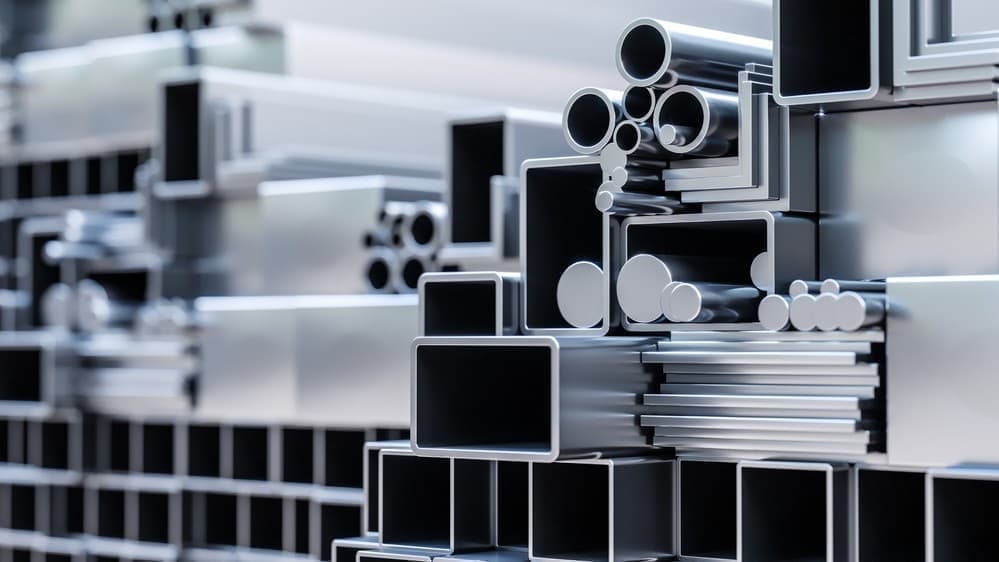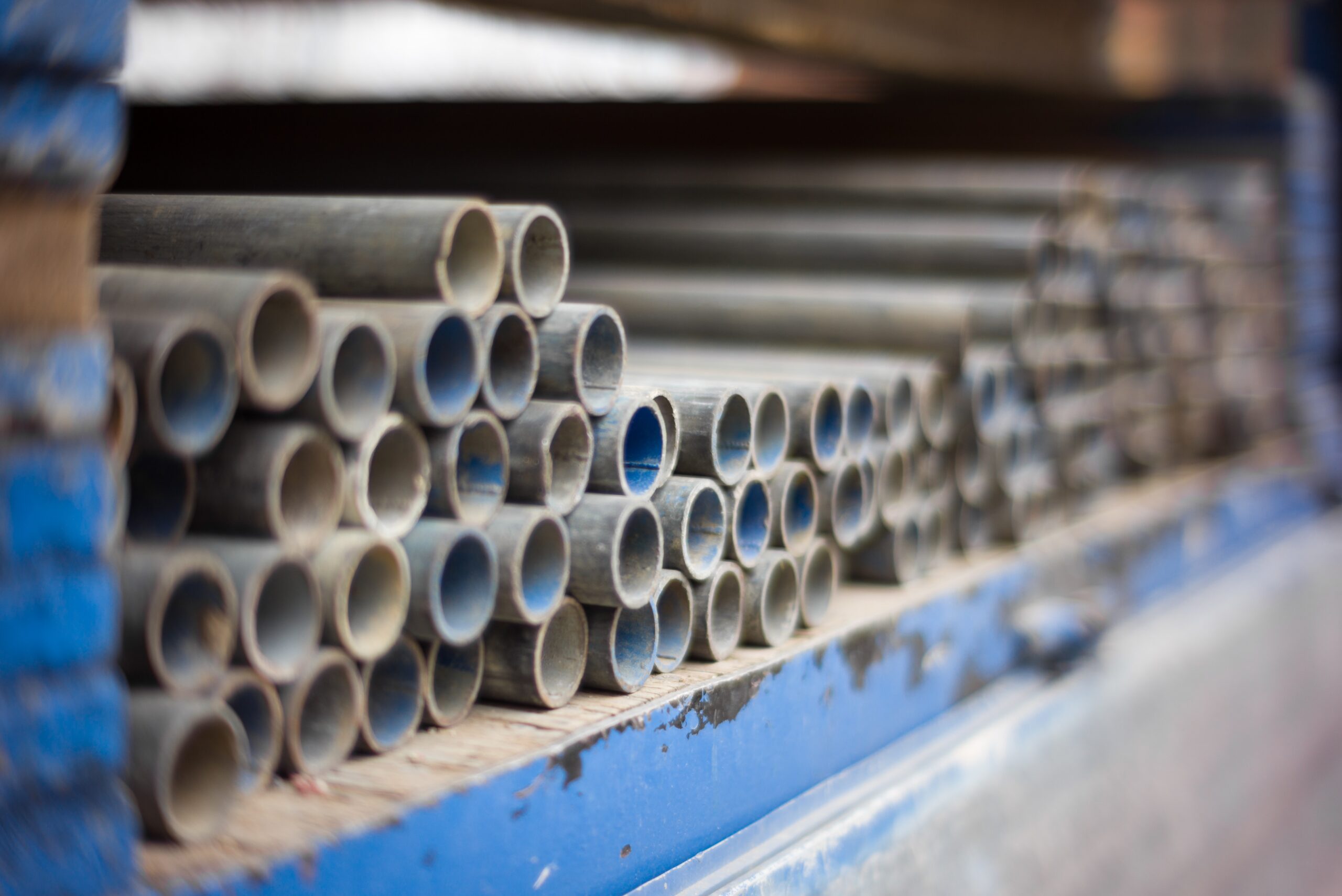Steel is one of the world’s most important materials, essential for cars, buildings, and the infrastructure that makes travel possible. Steel is also responsible for 7 percent of global greenhouse gas emissions.
45 countries have committed to moving to low-emission steel in the next decade, in 2021, but questions remain about how possible it is in our current society.
According to a new study focusing on Japan’s steel industry, the world must prepare for a scenario in which the amount of steel produced is reduced if people commit to zero emissions. Japan has set a goal of reducing steel emissions by 46 percent by 2030 and zero emissions by 2050.
Currently, the roadmap to achieve this is highly dependent on future technological innovations. Carbon capture and storage (CCS) and hydrogen-based technologies are of interest.
Dr. Takuma Watari, a researcher at Japan’s National Institute for Environmental Research who is currently working with the University of Cambridge, claims in a study that there is no such thing as a silver bullet. He argues that current decarbonization plans underestimate the challenges of developing and widely deploying CCS and hydrogen technologies.
These technologies still face major technical, economic, and social challenges and have not yet been widely adopted. And most importantly, it is very uncertain whether there will be enough emission-free electricity to support these technologies.
Scientists must face the possibility that technological innovation will not be available to maintain current levels of steel production and reduce emissions to zero.
The study looked at mapping and modelling current steel flows in the Japanese industry to explore how the industry might change if a tight carbon budget was introduced in the future.
Dr. Watari describes that the quality and quantity of steel produced on a carbon-free budget have decreased significantly. This is due to the scarcity of resources and the use of scrap metal containing impurities in the manufacture of new products.
Since these impurities are difficult to remove, the new products differ in quality and functionality from the original steel.
Emission-free production of steel is possible until 2050, but compared to current total production, its quantity and quality are limited. This is due to the scarcity of emission-free compatible resources and the scrap steel industry’s recycling practices.
According to the study, under a zero-emission carbon budget, steel production would drop significantly compared to today, to at best half current levels. In this case, the production of higher-quality steel (e.g., steel plate) would suffer particularly strongly.
The consequence is obvious. Relying on a technological “silver bullet” is not enough to change the supply of steel. Strategies to reduce demand by changing the culture of steel use and increasing material efficiency must also be considered. Recycling can also be practised with scrap steel to produce high-quality steel.
This requires cooperation from both steel users and producers. Steel products designed to last longer or be lightweight could become a more efficient resource. When steel products reach the end of their useful lives, advanced sorting and crushing can be used to remove impurities from steel scrap.
As a society, Japan may have to become less dependent on steel and shift from owning a product to using a service model. Unlike today, when steel is abundant and cheap, the future of the grid will require even more efficient use of fewer and more expensive steel resources.
Dr. Watari states that it is necessary to invest in technological innovation; however, users cannot wait for it to appear. Steel users must be well prepared for a world where steel is scarce.
We do not deny the need to invest in innovative production technologies. Rather, we want to emphasize that we should look for much more strategic options instead of relying only on silver-bullet production technologies. Putting material efficiency and recycling at the core of carbon reduction plans can reduce over-reliance on innovative production technologies and prepare for the risk that these technologies may not scale up in time.




